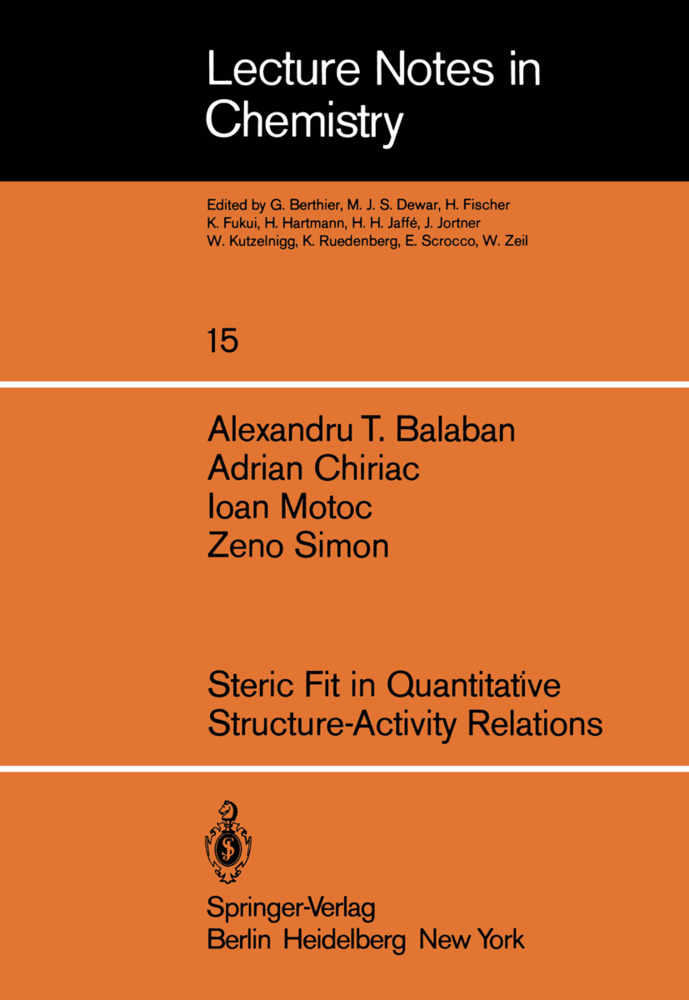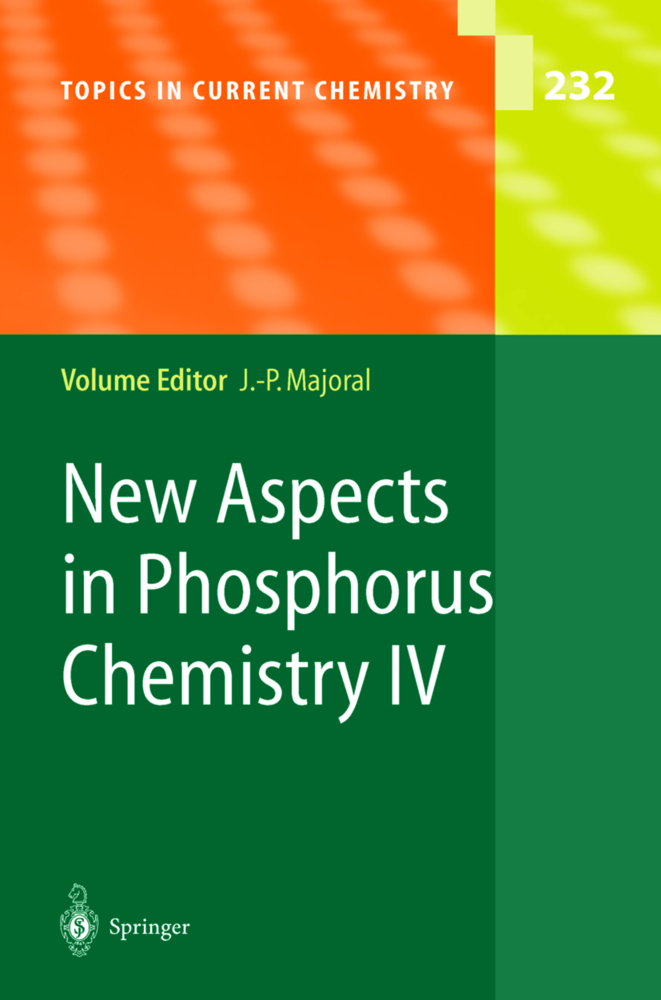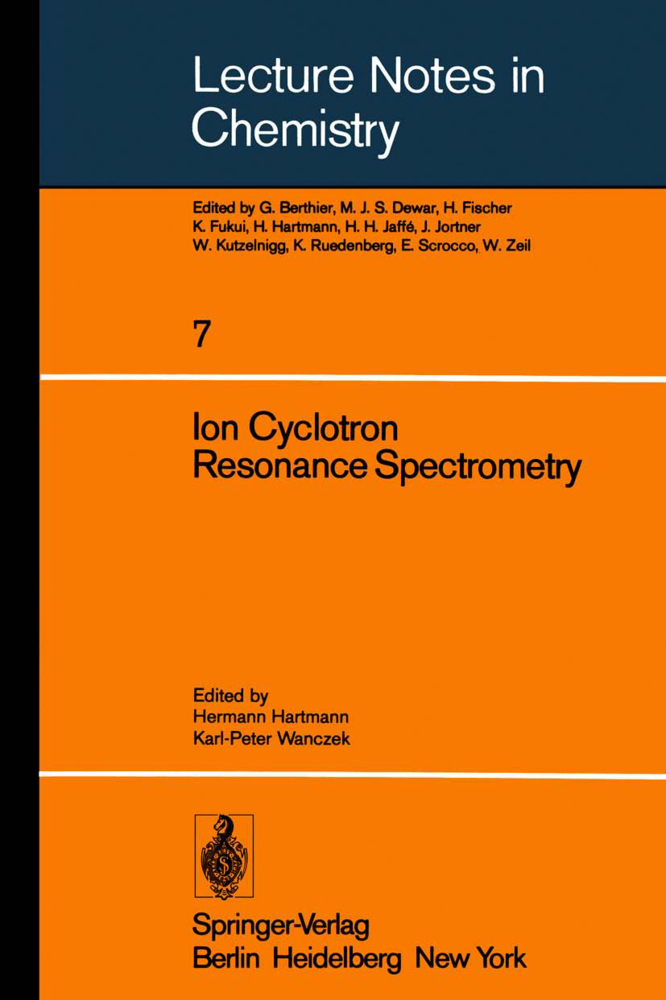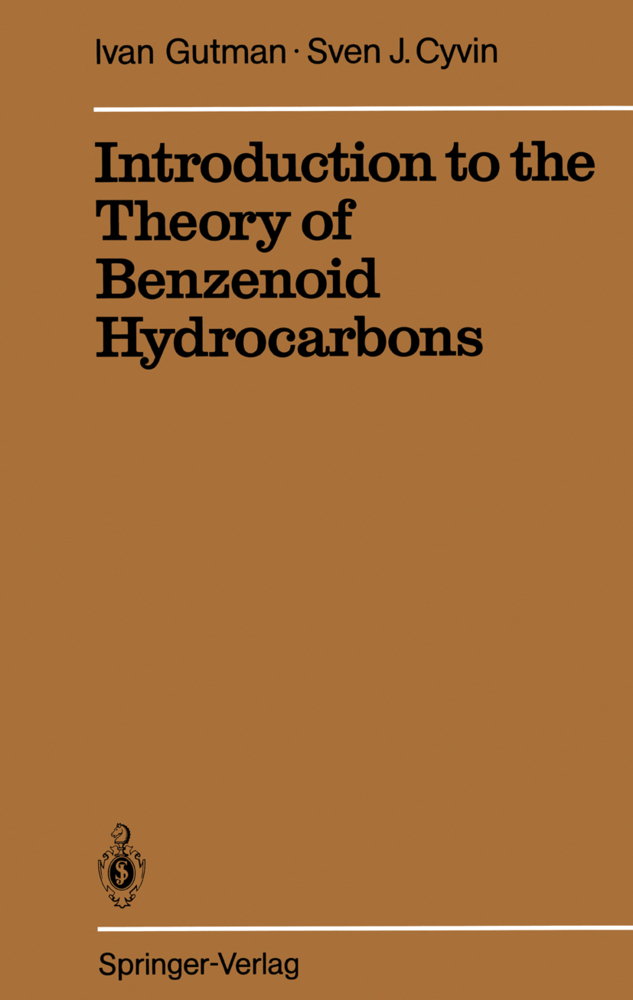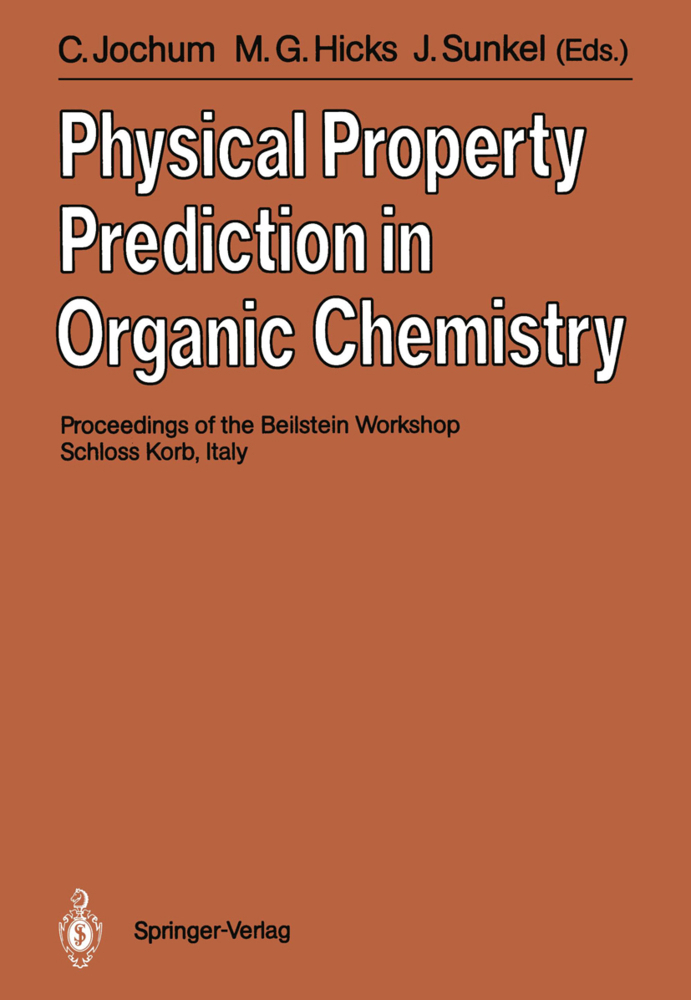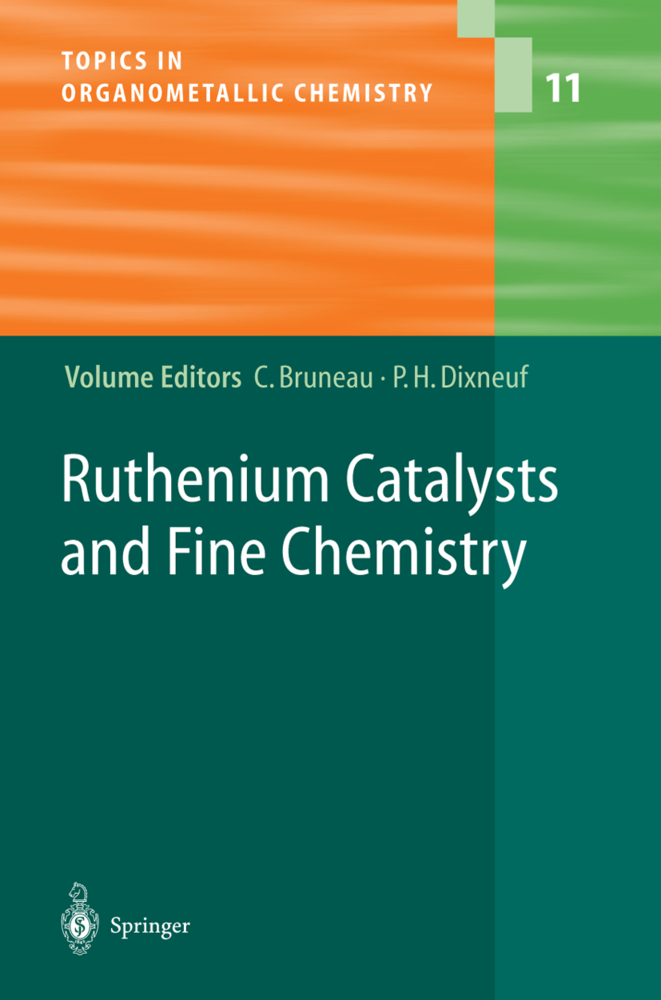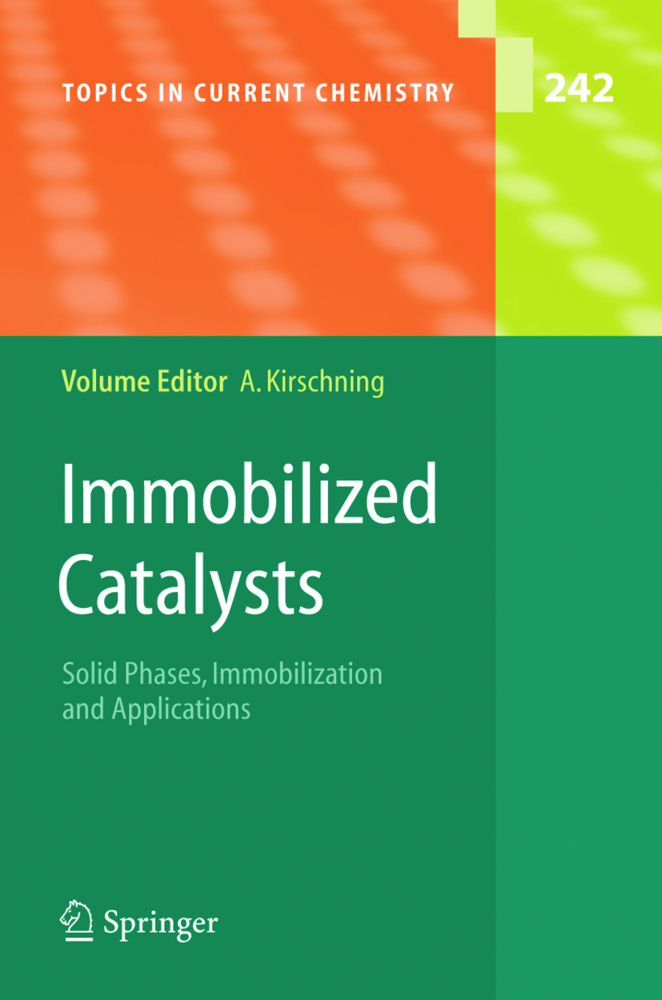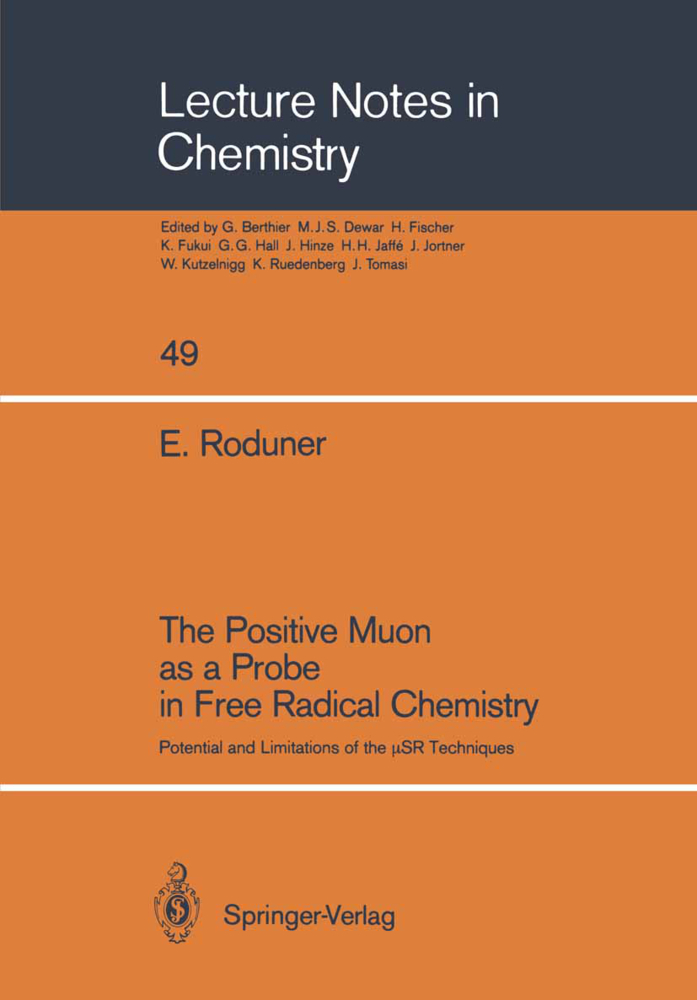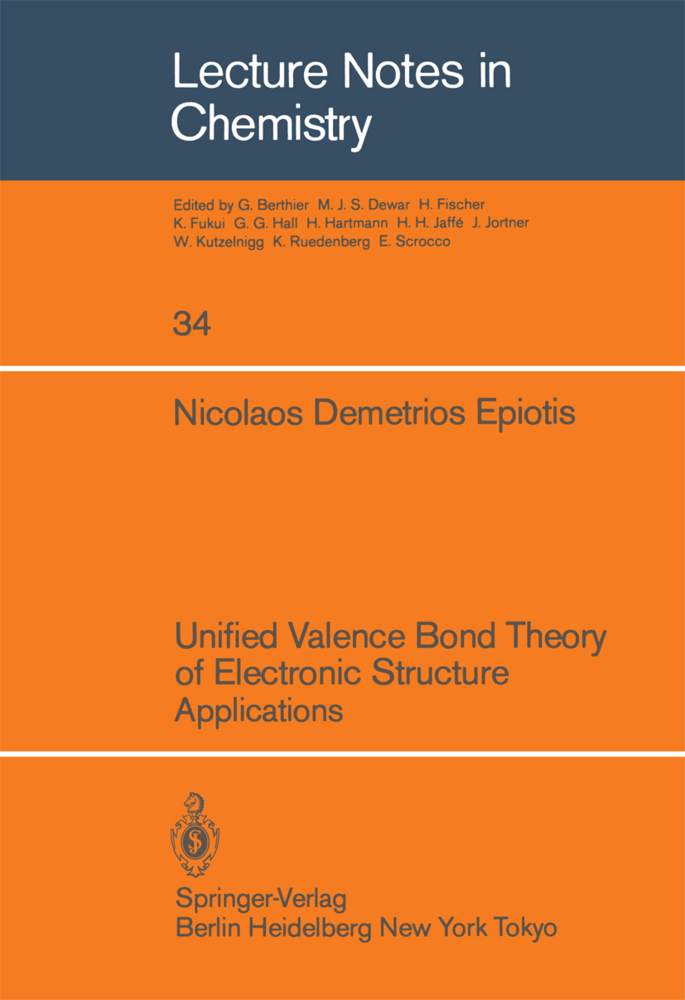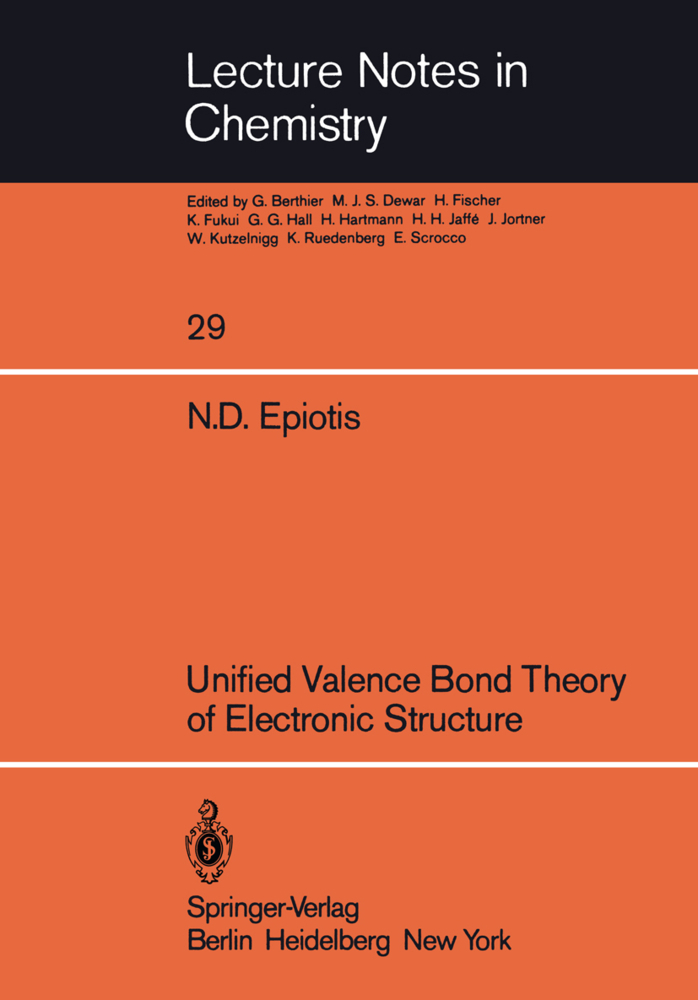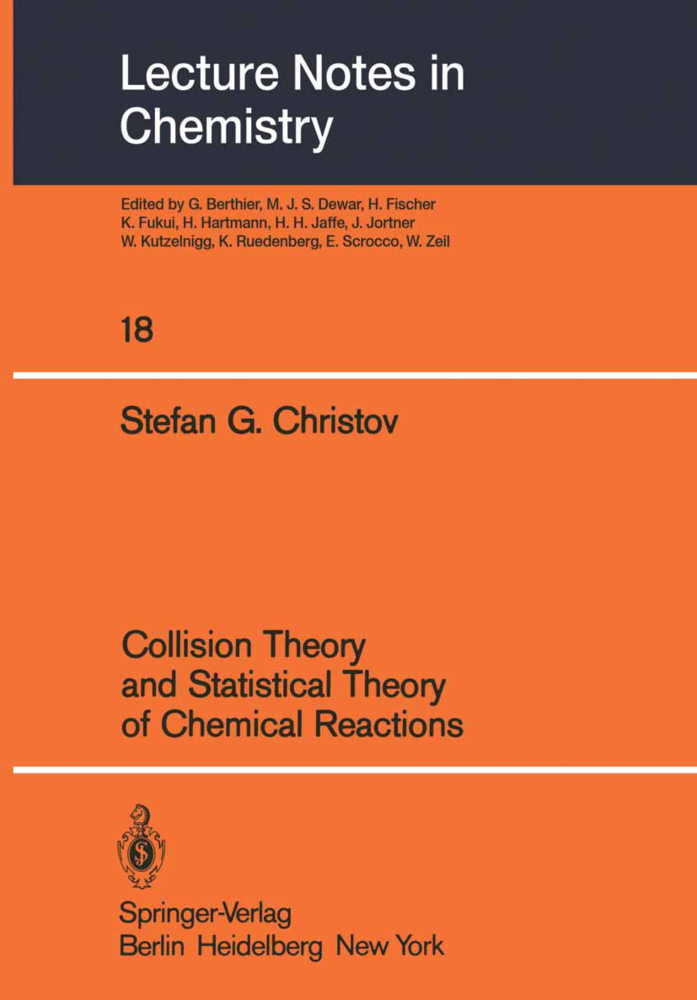Steric Fit in Quantitative Structure-Activity Relations
Steric Fit in Quantitative Structure-Activity Relations
Although the importance of steric fit for receptor-effector 1 interactions was recognized since Emil Fischer proposed his "lock and key" theory, the whole area of steric properties is still in a very 2-4 early stage of development. We have a fairly good idea about el- tronic and hydrophobic parameters, but it is not easy to describe ste ric shapes of molecules without a large number of data. There are se veral cases of good QSAR's developed for rather large series of mole- 5 cules without steric parameters - for example see papers by Hansch , 6 or Franke , but the state of steric parameters is nevertheless one of the most important drawbacks, especially concerning the ability of en compassing, within a single QSAR, molecules of different shapes and stereoisomers. From today's steric parameters, one may mention the 7 Taft parameters E ' which gave good results in organic chemistry, the S 8 10 ra th er cum b ersome way 0 f measurIng · s h ape d'ff I ere h ces 0 f Amoore - and , 11 12 AllInger ,and the L, B -B parameters of Verloop 1 4 The work described here consists of two types of approaches to the steric fit problem. The first approach consists of developing new parameters to describe different characteristics of the molecular shape (i. e. , branching, bulkiness); this is done by means of topological in dices.
2 Steric and other Structural Parameters for QSAR
2.1 Correlational Equations and Predictor Variables
2.2 Steric Parameters
2.3 Indicator Variables
2.4 Electronic Parameters - Synopsis
2.5 Intermolecular Force Parameters
3 Topological Indices
3.1 Enumeration of Topological Indices
3.2 Applications of Topological Indices
4 MSD. Minimal Steric Difference (Simple Version)
4.1 CorrelationsBiological Activity - CMSD
4.2 Correlations with MSD and Other Parameters
4.3 Comparison Between Topological Indices, MSD and Other Sterical Parameters
5 MTD-Receptor Site Mapping
5.1 Demonstration of formula C5) for ?Y(?t?)
5.2 QSAR for ?-Chymotrypsine Catalyzed Hydrolyses of Esthers
5.3 Comparative MTD and Free-Wilson Study of Antiinflamatory Activity of Substituted Cortisol Derivatives
5.4 Comparative MTD and Free-Wilson Study of Affinity for ?-Adrenergic Receptors of Epinephrine Substitution Derivatives
5.5 Oestrogenic Activity
5.6 Dihydrofolate Reductase Inhibition
5.7 Other Correlational Work on MTD
5.8 Vertices as Indicator Variables
6 MCD - Monte Carlo Version for Minimal Steric Difference
6.1 The Method to Calculate Nonoverlapping Volumes
7 Metrics in Biochemistry. The Metric Induced by Minimal Steric Differences
8 Conclusions
9 Appendix
9.1 The MTD/1-program
9.2 The MCD - program
10 References.
Detailed Contents
1 Introduction2 Steric and other Structural Parameters for QSAR
2.1 Correlational Equations and Predictor Variables
2.2 Steric Parameters
2.3 Indicator Variables
2.4 Electronic Parameters - Synopsis
2.5 Intermolecular Force Parameters
3 Topological Indices
3.1 Enumeration of Topological Indices
3.2 Applications of Topological Indices
4 MSD. Minimal Steric Difference (Simple Version)
4.1 CorrelationsBiological Activity - CMSD
4.2 Correlations with MSD and Other Parameters
4.3 Comparison Between Topological Indices, MSD and Other Sterical Parameters
5 MTD-Receptor Site Mapping
5.1 Demonstration of formula C5) for ?Y(?t?)
5.2 QSAR for ?-Chymotrypsine Catalyzed Hydrolyses of Esthers
5.3 Comparative MTD and Free-Wilson Study of Antiinflamatory Activity of Substituted Cortisol Derivatives
5.4 Comparative MTD and Free-Wilson Study of Affinity for ?-Adrenergic Receptors of Epinephrine Substitution Derivatives
5.5 Oestrogenic Activity
5.6 Dihydrofolate Reductase Inhibition
5.7 Other Correlational Work on MTD
5.8 Vertices as Indicator Variables
6 MCD - Monte Carlo Version for Minimal Steric Difference
6.1 The Method to Calculate Nonoverlapping Volumes
7 Metrics in Biochemistry. The Metric Induced by Minimal Steric Differences
8 Conclusions
9 Appendix
9.1 The MTD/1-program
9.2 The MCD - program
10 References.
Balaban, A. T.
Chiriac, A.
Motoc, I.
Simon, Z.
| ISBN | 978-3-540-09755-6 |
|---|---|
| Medientyp | Buch |
| Copyrightjahr | 1980 |
| Verlag | Springer, Berlin |
| Umfang | VII, 178 Seiten |
| Sprache | Englisch |

